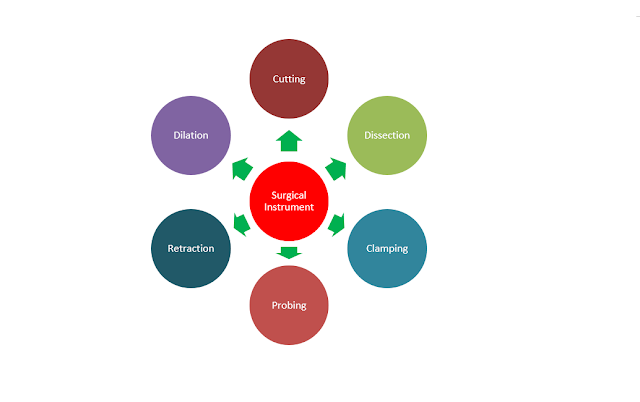“Surgical instrument is the core need of every surgery.”
Surgical instruments play a vital role in medical and veterinary surgeries. Without an instrument, accomplishing the desired result in surgical procedures can’t be attained. They preferably facilitate all surgical procedures, either it is orthopedic surgery or neurosurgery.
These instruments come in a wide range of surgical packs consisting of standard equipment and tools required for a specific surgery. They have multiple types, and surgeons can get the best instrument according to their needs. Some styles are given below:
Dissecting instruments are useful for separating or cutting delicate tissues. They may be blunt or sharp. Scalpels are the best example of sharp dissectors. Holding and grasping tools are forceps, tenacula, and clamps.
Benefits of Surgical Instruments
The surgeon uses a standard tool or adapts it for use in an operation. A vast assortment of tools and instruments can be found helpful in the operating suite. The nature of surgical procedures requires a specific instrument of a particular type. Surgical instruments were the most primitive products of biomedical engineering.
Principle knowledge of surgical instruments used in open surgery is a precondition to know the mode of design and action. These instruments perform many functions such as grasping, dissecting, cutting, retracting, suturing, clamping, probing, suctioning, dilating, or holding. They are not only helpful during surgical procedures but may be beneficial for standard day-care procedures. A brief overview of expected benefits is shown below.
Manufacturing and handling of surgical instruments
Surgical procedures need immense planning. Many surgery delays and complications are related to readiness and quality of instruments. When the surgery is scheduled, the healthcare staff is ready to set up the essential instruments required for a specific surgical procedure. So, it is necessary to properly care for and handle the instruments before and after the surgery.
Surgical instruments are crafted from high-grade German surgical stainless steel, involving many designs and patterns. Throughout the manufacturing process, the instruments are placed for different quality assurance checks before they are delivered to hospitals and clinics.
After complete manufacturing, the passivation is the last and crucial step of quality check that provides the instrument with corrosion-resistance properties. It gives a chemical bath that develops an oxidized layer on the instrument surface. Instruments are well-protected by repeated exposures to oxidizing situations that exist during reprocessing.
It is noteworthy to understand that instruments should be adequately cared for during, before, and following surgical procedures. Some essential steps of handling are given below:
- Pre-cleaning
- Post-cleaning
Pre-cleaning is also known as point-of-use cleaning. It allows the instruments to stay germ-free during surgical procedures. Pre-cleaning is a crucial step and directed to the manufacturer’s IFU to will enable the healthcare provider to receive the instruments free of debris and blood and have the ability to prevent biofilm and bioburden.
Biofilm may begin just after the surgery if not correctly handled and sterilized. The instruments should be fixed with sterile water and sprayed with enzymatic cleaner after surgical procedures.


Post a Comment